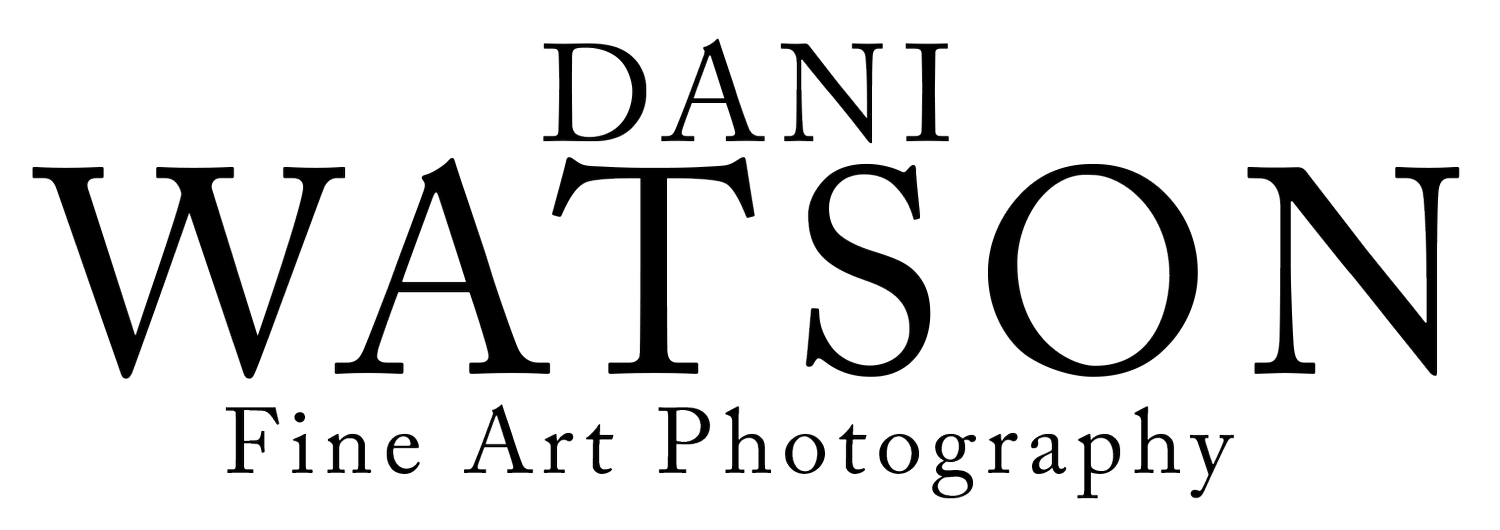From Vision to Reality: Insights from My Masters Photography Exhibition
Completing my Master of Arts Photography degree exhibition at Photography Studies College wasn’t just a final step—it was a transformative experience. Every image and every moment was a culmination of years of industry experience, shaped by my time working alongside Ken Duncan and refined through my own personal vision. But I discovered along the way that some lessons can only be learned through the act of creation itself—through trial and error, through standing in the gallery day after day and listening to the reactions of those who came to see the work.
The exhibition was more than just a collection of prints; it was a fusion of Commercial, Conceptual, and Immersive elements carefully woven together to tell a cohesive story. The commercial side was straightforward: limited edition prints, signed, titled, and numbered, each accompanied by a personal narrative about its creation. But it was the conceptual layer that added depth. I laid bare my process—my journal entries on display—revealing not just the successes but the moments of doubt and failure. I wanted viewers to see the raw, messy journey behind each image and to know that creativity is rarely a straight path.
What truly set this exhibition apart, however, was its immersive aspect. Visitors could use their mobile phones to engage with animated versions of my photographs while a carefully curated soundtrack filled the gallery space, creating an atmosphere that echoed the landscapes I had captured. A light cube installation on the ceiling added another sensory element, inviting people to feel the space as much as they viewed the images. But even with all this, not everything went according to plan. The light boxes, which I had been so excited about, didn’t perform as I had hoped. I second-guessed my decision, wishing I had followed my gut and provided a more flexible solution. Still, the setback was a learning opportunity, revealing new technologies I hadn’t considered.
However, one of the most profound experiences was the decision to be present in the gallery every day. I had debated whether to do this, but ultimately, it was the right choice. Engaging with visitors—hearing their questions and seeing their reactions—was an unexpectedly rewarding part of the process. One aspect that surprised me was how often I was asked about the why behind my images—why I choose to photograph landscapes and why I feel drawn to certain scenes. Before this, I hadn’t been challenged to articulate it clearly, but I found my answer through these conversations. The reason I am a photographer is deeply tied to my connection with the place I’m standing, the way it makes me feel, and my desire to tell a story that brings the viewer along. My goal is always to make the viewer feel like they are standing beside me, immersed in the exact moment of awe and wonder.
I recall one afternoon when a visitor paused in front of Solitude. This image captures the feeling of standing alone in a grand landscape, enveloped by nature's quiet yet overwhelming presence. We spoke about this that comes with solitude and the way nature humbles you with profound still its scale and beauty. For them, this wasn’t just a photograph—it was a memory, a feeling they had experienced in their lives. These moments of connection reminded me why I create.
As the exhibition progressed, I was surprised and humbled by the response. I sold 54 prints in total—far more than I had anticipated. It was a testament to the balance I had struck between artistic vision and commercial appeal. However, it was more than just sales; it was about the connections and conversations that bridged the gap between the artist and the audience.
This exhibition was not merely a milestone but a profound stepping stone. Blending commercial, conceptual, and immersive elements has provided me with valuable insights for future exhibitions. I learned to trust my instincts, embrace both successes and failures, and understand the importance of engaging directly with the public. Looking back, I realize that every challenge and every decision shaped the work and the experience. I’m excited to take these lessons forward, to continue evolving, and to see where this journey leads next.

